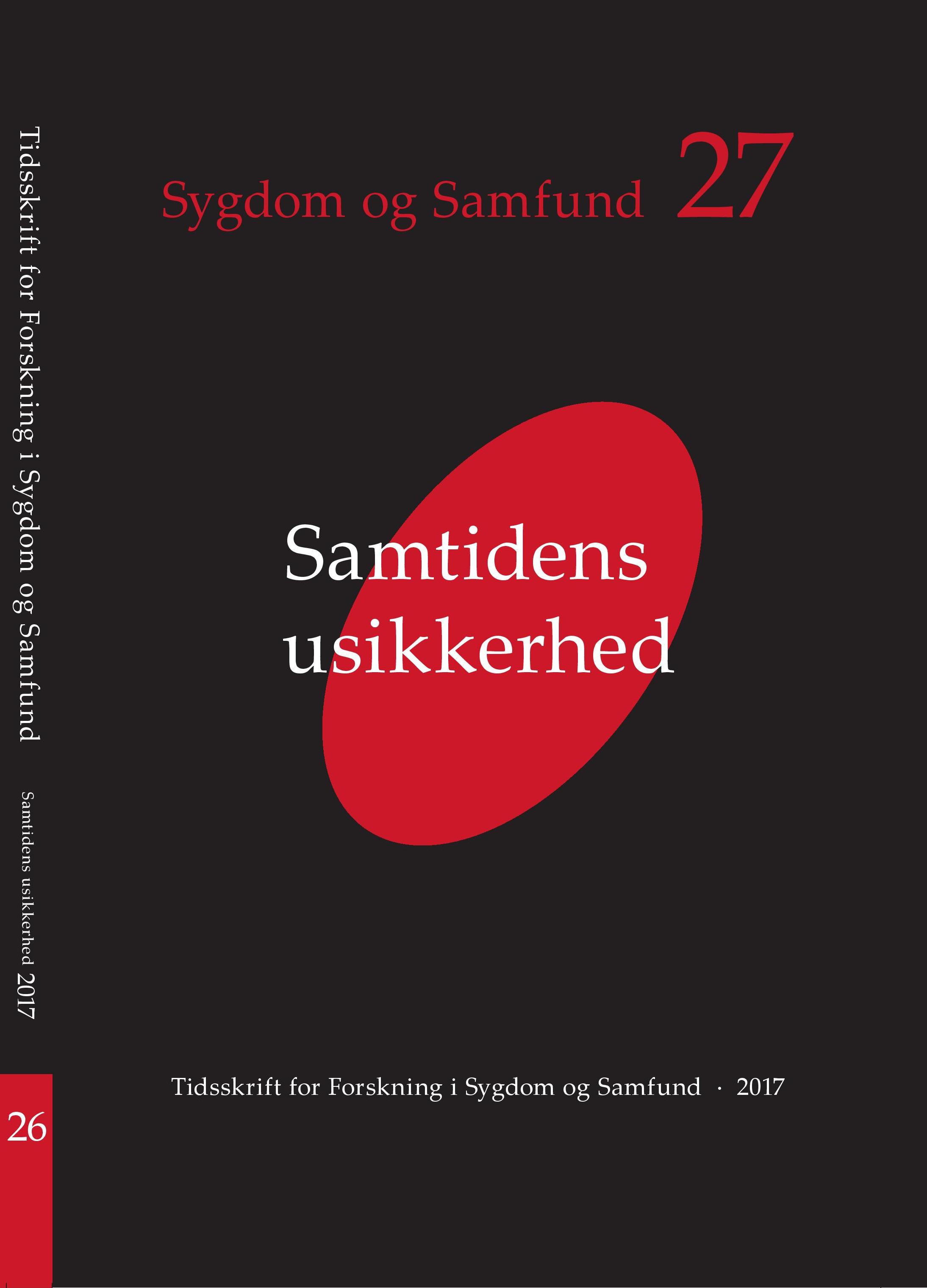Published 2018-01-08
How to Cite
Abstract
Terroren er intimt forbundet med følelsen af frygt. Artiklen giver en række redskaber til begrebsligt at kunne indkredse denne frygt. Det gøres idehistorisk, individualpsykologisk, socialpsykologisk, sociologisk og med udgangspunkt i terrorens anatomi. Hvad er det ved terroren, som gør at vi frygter den mere end andre trusler mod liv og helbred? Hvordan kan vi begrebsligt indkredse den rystelse, som terroren sætter i os: som frygt eller angst? Og hvilken betydning har det, hvordan vi begrebsliggør truslen: som risici eller katastrofer? Og sidst og ikke mindst, hvad betyder den måde, som vi militært og politisk møder terroren for vores ængstelse for den? Artiklens titel – Efterskælv – sigter til de konsekvenser, terroren har for ikke de umiddelbare ofre, men for alle dem, som ser på eller hører om den. Det vil sige for os alle sammen.
Aftershock: Investigating the anatomy of the fear of terror
Terror is intimately connected to the feeling of fear. The article offers a number of tools to conceptually narrow down this fear historically, psychologically and sociologically. The starting point is the anatomy of fear. What is it about terror that makes us fear it so much more than other threats to life and health? How can we conceptually narrow down the shock that terror causes as fear or anxiety? What does it mean when we conceptualise the threat as risk or catastrophe? And last but not least, what are the consequences of the way we with our military and politics meet terror in connection with our anxiety? The title of the article – Aftershock – hints at the aftermath of terror – not for the immediate victims, but for all of those who witness or hear about it. That means all of us.

